5 Ways to Save Time & Money Through Factory Automation
In today’s competitive marketplace, optimizing operations while maintaining high quality is more critical than ever. This is especially important in food processing, where average profit margins in Q2 2024 are just 5.12%, according to data from csimarket.com. Therefore, finding ways to improve efficiency, reduce costs, and maintain consistent product quality can make the difference between success and stagnation. This is where factory automation comes into play.
Factory automation is the use of technology to automate physical tasks traditionally performed by human employees. These tasks can range from quality control—like visually inspecting products for defects—to packaging, sorting, and more. By leveraging advanced machinery, sensors, and software, automation helps businesses achieve faster production times, higher product quality, and significant cost savings.
At Chandler Automation, we install and maintain factory automation systems tailored to each client. With our expertise, we have helped numerous businesses improve their operations while also realizing a rapid return on investment (ROI). In this white paper, we will explore five key ways in which factory automation can save your business both time and money.
- Fast Return on Investment (ROI)
- Improved Quality, Volume, and Speed
- Reduced Labor Costs
- Reduced Training Costs
- More Uptime, Less Waste
1. Fast Return on Investment (ROI)
One of the most compelling reasons to invest in factory automation is the speed at which it pays for itself. Unlike many other business investments, automation delivers tangible returns as soon as the equipment is up and running. With troubleshooting, adjustments, and preventative maintenance, we’re focused on keeping your system in top shape—offering unparalleled ROI.
Rapid Payback
Customers often see a return on their investment within the first year after purchase. This is due to the significant improvements in quality and efficiency that automation brings. For example, by automating a quality control process, businesses can reduce the number of defective products that reach the end customer, thereby decreasing waste while increasing profit and customer satisfaction. Additionally, these improvements are obtained on top of a major reduction in labor costs—the most substantial contributor to overhead.
In-House Financing
Chandler Automation understands that cash flow is crucial for any business, which is why we offer in-house financing options for projects of all sizes. Our financing is fast, simple, and designed to help businesses maintain their liquidity while still benefiting from the latest automation technologies. This can aid cash flow management while reducing tax liabilities, as businesses are able to deduct the full purchase price of qualifying equipment purchased or financed during the tax year.

2. Improved Quality, Volume, and Speed
Automation doesn’t just make processes faster—it makes them better.
Superior Quality Control
Consider the example of an optical sorter, a common piece of equipment in food processing plants. While a human inspector might be able to identify certain defects, an optical sorter can scan at wavelengths beyond the capability of the human eye. It can analyze tens of thousands of items per second, detecting minute defects that a person might miss. This leads to higher product quality, less waste, and the ability for factories to meet high-volume demands without bottlenecks. This is essential in maintaining brand reputation and customer loyalty.
Increased Throughput
Automation allows businesses to process and sort thousands of pounds of product per hour with minimal human oversight. This increase in volume, coupled with faster processing times, means that businesses can meet higher demand without compromising on quality. The result is a more efficient operation that can scale with the needs of the market.
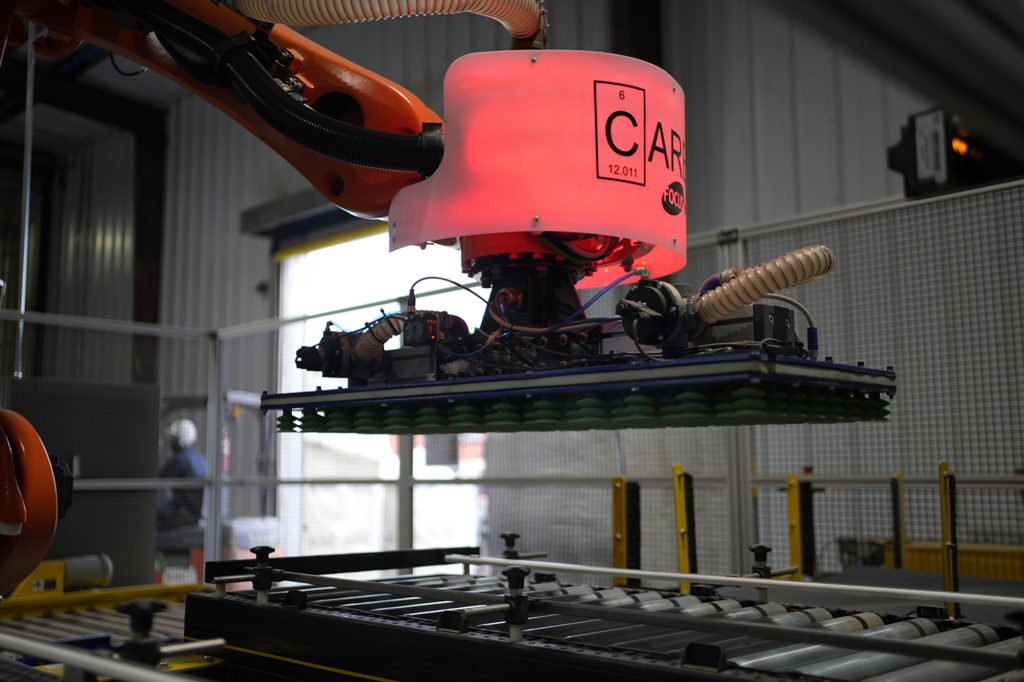
3. Reduced Labor Costs
Labor is often one of the largest costs for food processing and packaging operations. According to the USDA, “[in] the food processing and marketing industry … direct labor costs amounted to about 38.5 percent of food expenditures.” Automation provides a direct and immediate reduction in these costs.
Significant Savings
Customers who have adopted automation technologies have reported dramatic labor cost reductions. For example, Aerospace Manufacturing and Design reported that “automation reduced total labor use by up to 2.3x with a median of 1.4, and in six out of 10 cases studied, reduced total costs.” This cost reduction is achieved by replacing repetitive, labor-intensive tasks with automated systems that require fewer workers to operate. In many cases, businesses have been able to eliminate entire shifts due to the increased speed and efficiency of their automated lines. This reduces direct labor costs and minimizes the overhead associated with managing a large workforce.
Labor Allocation
Factory automation also allows businesses to reallocate their workforce to more strategic tasks. Instead of dedicating large numbers of employees to manual processes, businesses can focus on areas that drive growth, such as innovation, customer service, and community outreach. While factory automation reduces labor costs in the short term, focusing on the aforementioned areas in the long term will also encourage future job growth, expansion, long-term profits and community betterment. By placing a larger focus on innovation and strategic thinking, organizations can operate more smoothly and safely while becoming leaders in their industry.
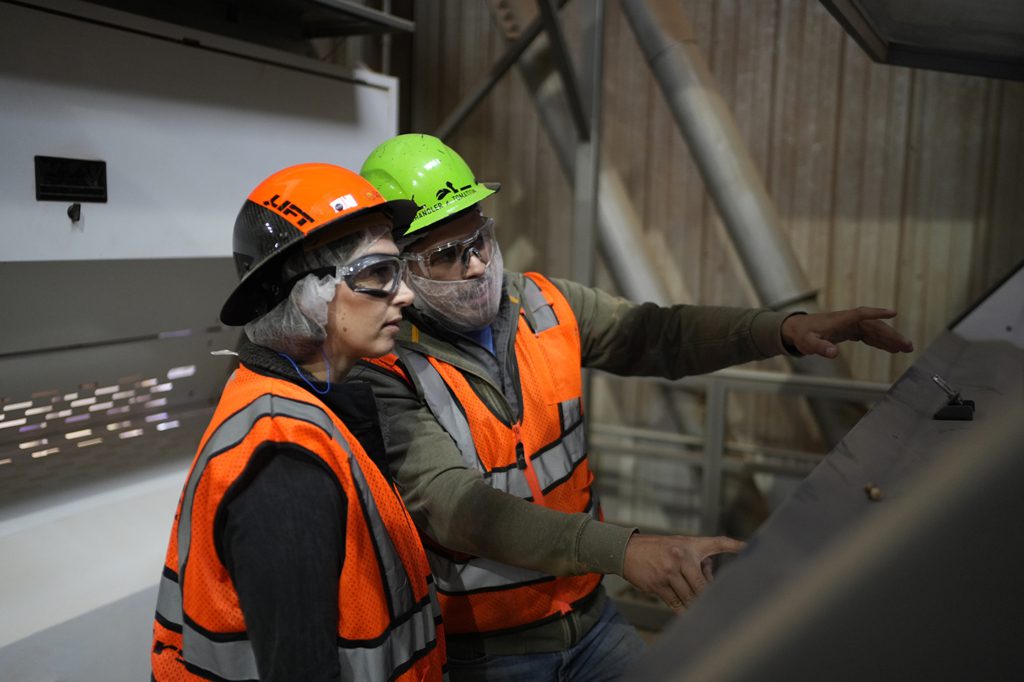
4. Reduced Training Costs
With fewer employees needed to operate and monitor automation equipment, training costs can be significantly reduced.
Streamlined Training Processes
High turnover is a common challenge in industries like food processing and packaging. Constantly training new employees on manual processes can be time-consuming and costly. By automating these tasks, businesses can reduce the number of employees who need extensive training. Instead, they can focus on training a smaller, more specialized team to operate the automation equipment. This not only reduces training costs but also leads to a more skilled and stable workforce.
Long-Term Savings
Over time, the reduction in training costs can add up to significant savings. Businesses can invest these savings in other areas, such as research and development, marketing, or expanding their operations. California has an especially robust training requirement for employers, from sexual harassment training to workplace violence prevention training. As employee numbers grow, so do training costs. Factory automation’s reduction in the labor force will lower liability and training costs alike.
5. More Uptime, Less Waste
Automation not only increases productivity, it also enhances operational reliability.
Maximized Uptime
Downtime is a major challenge when relying on manual processes. If a machine breaks down, entire shifts of employees may be left idle while repairs are made. With automated equipment, businesses can minimize downtime through regular remote software updates and routine proactive maintenance. Chandler Automation offers comprehensive maintenance services to ensure that your automated systems run at peak performance.
Reduced Waste
Automation also helps reduce waste by ensuring consistent product quality and minimizing errors. For example, automated systems can precisely control the amount of material used in packaging, reducing the risk of overuse or spillage. This saves money while also aligning with sustainability goals, which are increasingly important in today’s market.
Conclusion
Factory automation is no longer a luxury—it’s a necessity for businesses looking to compete and stay relevant in the marketplace. By investing in automation, companies can achieve faster ROI, improve product quality, reduce labor and training costs, and ensure greater uptime and efficiency. Chandler Automation is here to guide you every step of the way, from upgrading a single area in your factory, to building a brand new factory from the ground up, to the product-filled pallet leaving the warehouse. We customize the right system for your needs and ensure it operates smoothly for years to come.
Contact us today to learn how we can help you save time and money through factory automation.
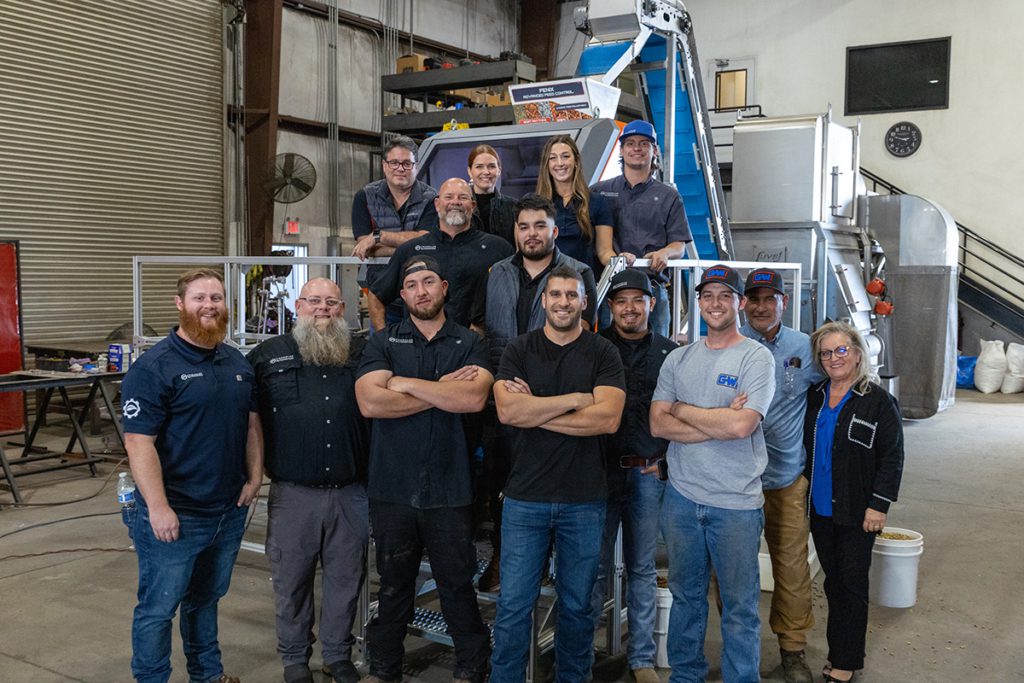

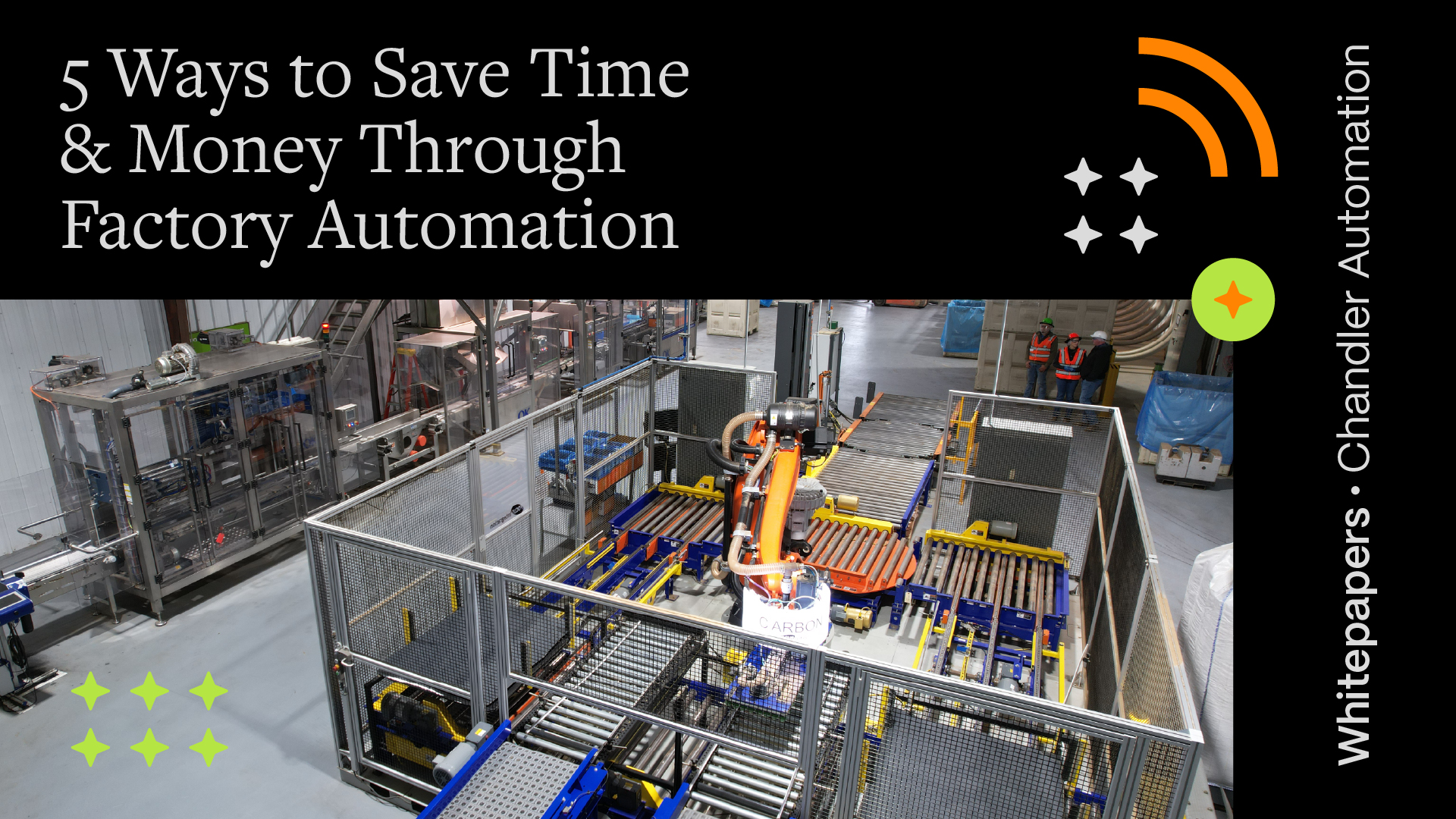
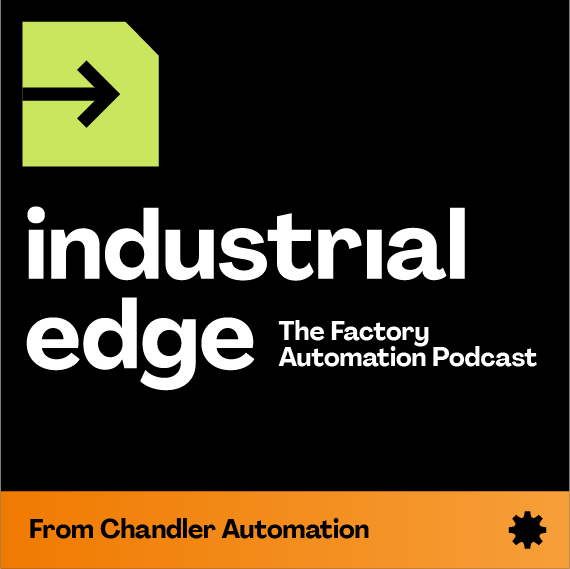

There are no comments